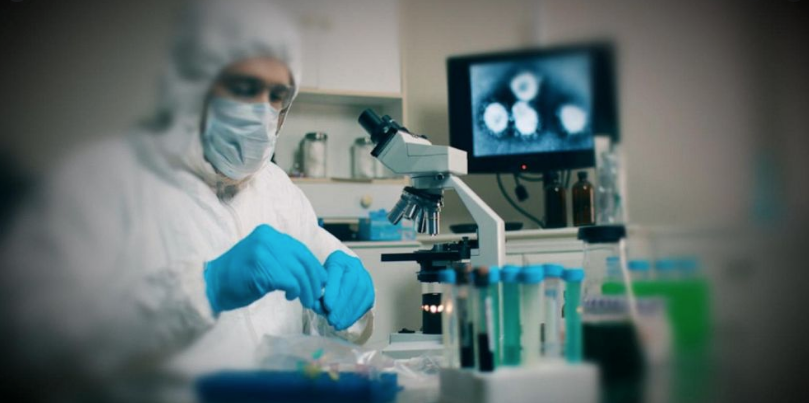
XpressBio Assists Preeminent Primate Research Center with Coronavirus Research Study
The emergence of the novel coronavirus SARS‐CoV‐2 and the resulting COVID‐19 pandemic has made the development of therapeutics, vaccines, and potential cures one of the scientific research community’s top priorities. XpressBio recently provided key products, including its COVID-19 S1/S2 microplate and ELISA reagents, to one of the world’s preeminent non-human primate research centers, the California National Primate Research Center (CNPRC), for a surveillance program to determine the viral status of its non‐human primate breeding colony at the University of California, Davis. XpressBio researcher William Boteler and his team also provided scientific consulting services, including a comparison of sample activities to a panel of Coronavirus antigens prepared in different cell lines.
One of seven such centers supported by the National Institutes of Health, the California National Primate Research Center has the nation’s best-characterized population of older primates—an important edge in evaluating how age affects the impact of coronavirus on vulnerable older adults with long-term conditions like hypertension and Type-2 diabetes. Considering the similarity between human and non-human primate physiology, especially with regard to respiratory systems and immune/aging patterns, the results from this study were integral in preserving and maintaining the colony’s health as well as providing information critical to the development of new COVID-19 drugs, therapies, and surgical procedures.
Approximately 2,450 animals are housed outdoors and 1,300 indoors at the CNPRC. A sentinel surveillance program to test at least 10% of the CNPRC colony– 385 animals housed in 73 different indoor rooms or outdoor enclosures—was conducted in March, April, and May 2020. 256 paired blood and swab samples were tested for SARS‐CoV‐2 antibody and RNA.
The study had important implications related to the epidemiology of SARS‐CoV‐2 in the human population and primate populations, risk of virus introduction and transmission, especially from asymptomatic carriers, and the most important components of effective infection control programs.
“Studies like this one are critically important to understanding how we can prevent and treat COVID-19, as well as future coronavirus outbreaks,” said XpressBio President and CEO Mo Hashemzadeh. “Information being gathered now will also be equally important in strategizing a more effective defense against potential new viral pandemics that may emerge in the future.”
Details of the study are available here.
Read XpressBio’s SARS-CoV-2 COVID-19 Protein Plate White Paper here.



